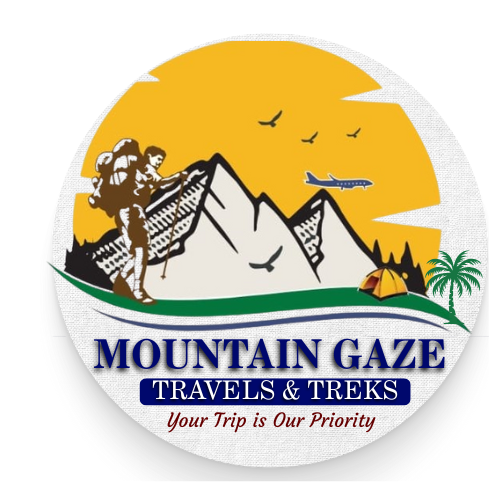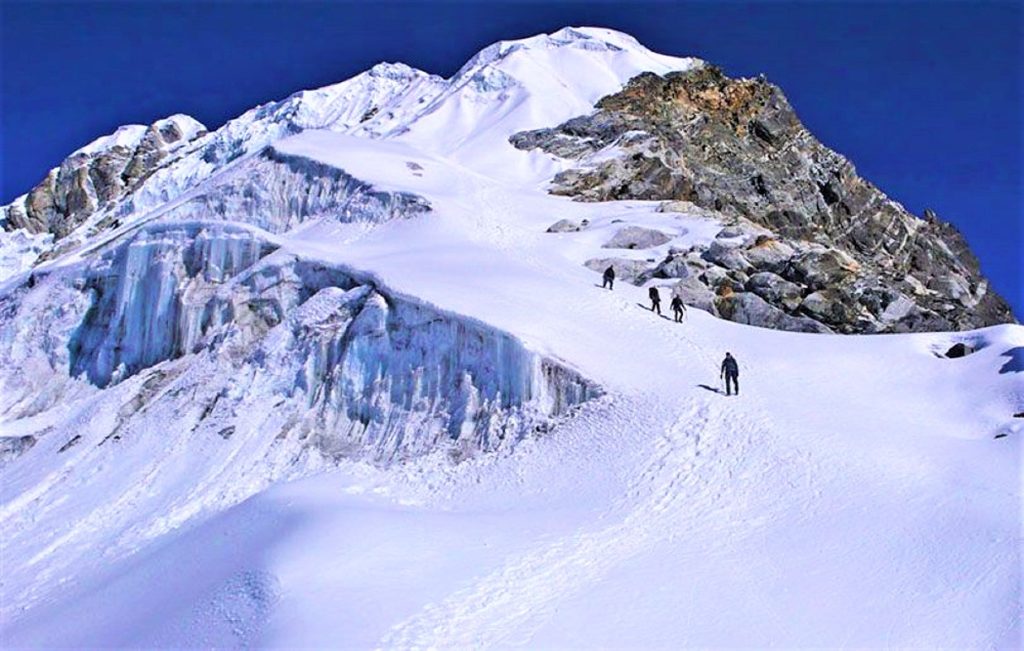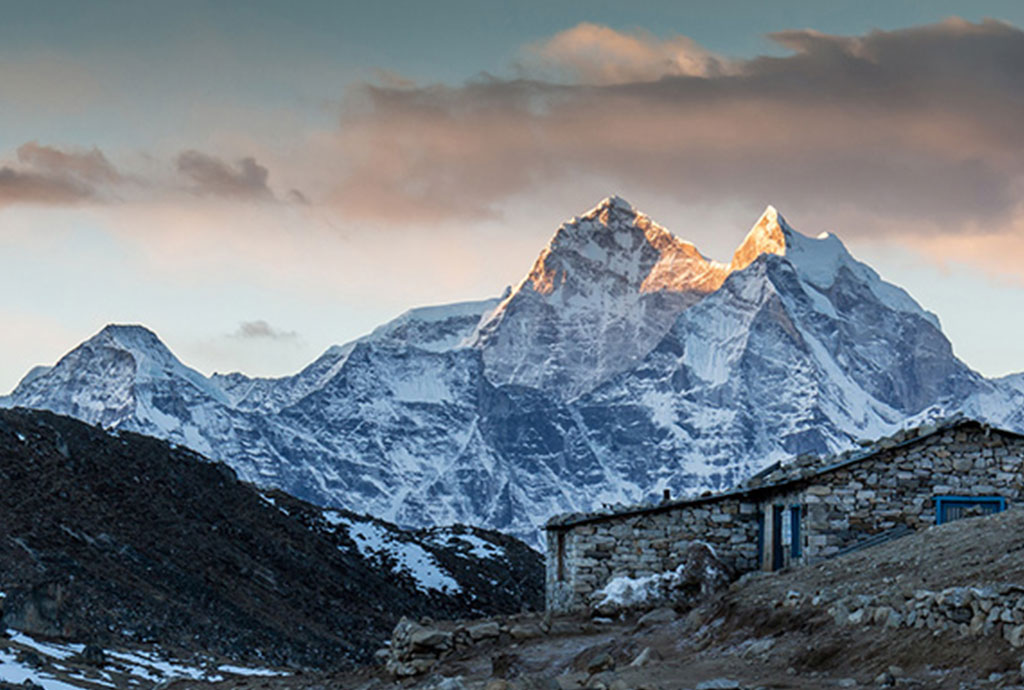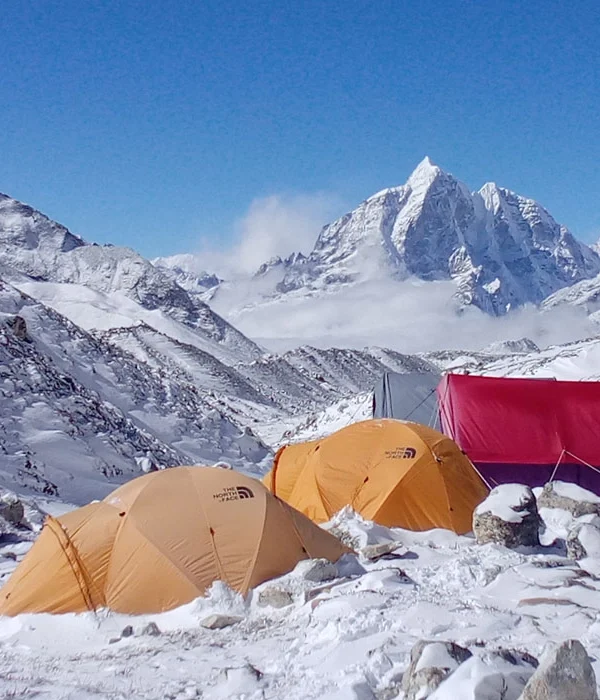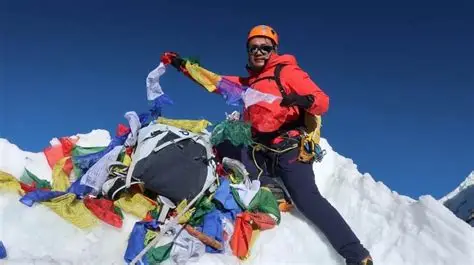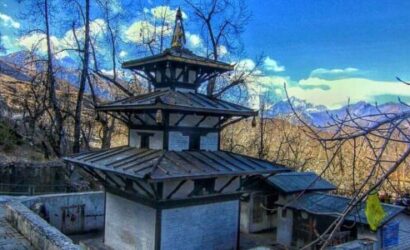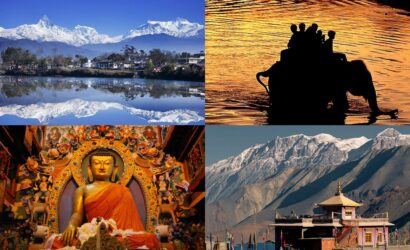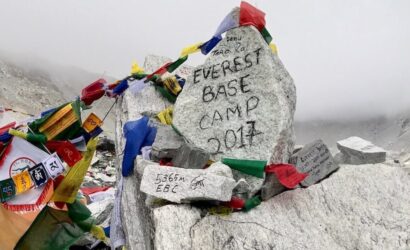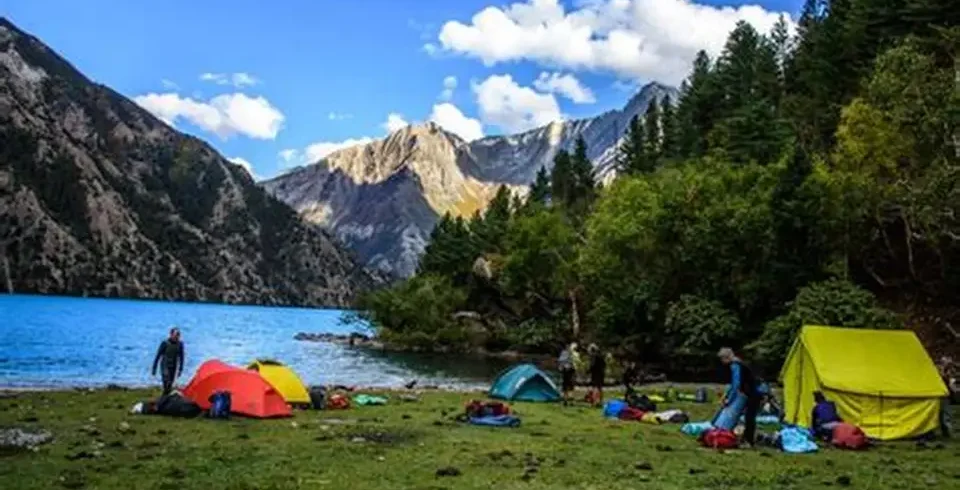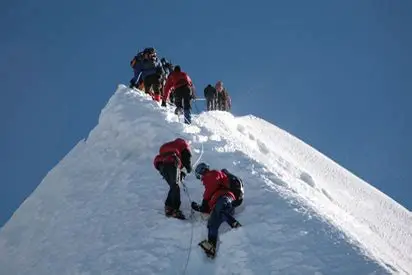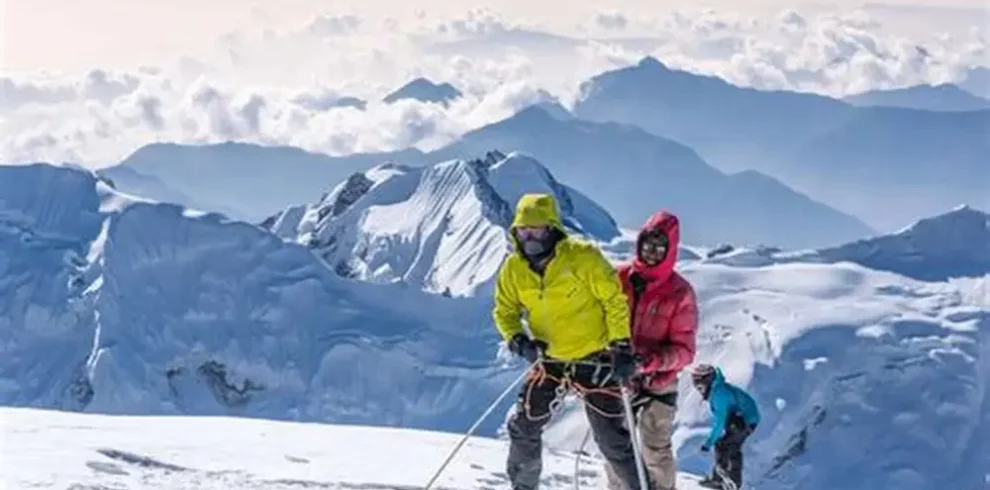Duration: 14N/15D
Price Per Person: $2500
Overview
for 2025 booking open
If you’re up for an adventure, consider embarking on the Lobuche East Climbing trip, which involves a significant amount of trekking to reach the peak of Lobuche in the Khumbu Valley. It’s important to arrive at least two days before your scheduled departure in order to prepare and receive a briefing before heading to Tribhuvan International Airport on the third day for a 40-minute flight to Lukla.
Once you arrive in Lukla from Kathmandu via a flight, you will embark on a trek to Phakding. The duration of the trek will be brief, but it will leave a lasting impression on your memory as you will get to witness the majestic mountains that have captivated the hearts and minds of trekkers, climbers, and thrill-seekers globally.
Once you leave Phakding, your journey will take you to Namche Bazaar, the largest town in the Khumbu area. While spending a day acclimatizing in Namche, you can take the opportunity to discover this Sherpa town, which boasts a variety of amenities including bakeries, restaurants with Wi-Fi access, hotels, and stores selling everything from trinkets to mountaineering supplies. You even have the option to visit the Sherpa villages of Khumjung and Khunde.
After leaving Namche, you will travel to Tengboche by following a path that goes through a forested region and takes you to Phunki Thenga. After that, you will proceed to spend the night either in Tengboche or Deboche, and the next day, you will leave for Dingboche. During the journey, you will be able to witness the breathtaking views of Ama Dablam. Another unique thing about Dingboche is its stone-walled farmlands that distinguish it from other nearby settlements.
We will travel from Dingboche to Thukla and spend the night there before continuing on the journey. However, we will pause at Thukla and move towards Lobuche High Camp the following day. Our trained climbing guide will provide you training on how to use climbing equipment and gear and how to summit high altitude peaks at the Lobuche High Camp.
During the early morning of the final day, you will be accompanied by our climbing leader to reach the summit of Lobuche peak. The top of the peak offers a breathtaking panoramic view of several majestic mountains, such as Everest (8,848m), Lhotse (8,516m), Nuptse (7,861m), Pumori (7,161m), Ama Dablam (6,812m), and Cholatse (6,440m). Our team is confident that climbing Lobuche will enhance your climbing abilities and prepare you for future peak climbs. If you are unable to climb Lobuche on the scheduled day, we have allotted an extra day. Upon completing the climb, you will return to Thukla for an overnight stay, and then travel back to Lukla through Namche Bazaar. The following day, you will take a flight back to Kathmandu, where your journey comes to an end.
Best time to summit the peak
In terms of the best season for climbing Lobuche Peak, the most popular time is during the pre-monsoon (spring) season from March to May and post-monsoon (autumn) season from September to November. During these times, the weather is generally stable, with clear skies and good visibility. The temperatures are also milder, making it easier to climb and acclimatize to the altitude.
However, it is possible to climb Lobuche Peak in every season of the year, but it will depend on the individual’s preference and tolerance for weather and other conditions.
During the winter months of December to February, climbing conditions can be challenging due to snow, wind, and low temperatures. However, some experienced climbers may prefer this time of year for the challenge and the lack of crowds.
During the monsoon season from June to August, the weather is generally wet and cloudy, which can make climbing conditions difficult. However, some climbers may still choose to attempt the climb during this time, as the trails are less crowded and the scenery can be spectacular.
Ultimately, the best time to climb Lobuche Peak will depend on your personal preferences, experience, and tolerance for weather conditions. It’s important to plan your climb carefully and to be prepared for any challenges that may arise.
How hard is Lobuche Peak
Lobuche Peak is considered a technically challenging peak to climb, with a difficulty level that ranges from moderate to difficult depending on the route and the season. The peak has two main summits: Lobuche East (6,119 meters/20,075 feet) and Lobuche West (6,145 meters/20,161 feet), with Lobuche East being the more popular and accessible peak.
The climb involves steep ascents on snow and ice, and some technical sections with fixed ropes and ladders. Climbers are also required to be proficient in the use of ice axes, crampons, and other climbing gear. The altitude and extreme weather conditions can also make the climb more challenging.
Overall, Lobuche Peak is not recommended for beginner climbers or those without previous mountaineering experience. It is important to have proper training, physical fitness, and acclimatization before attempting the climb. Climbers are also advised to hire experienced guides and porters to ensure a safe and successful climb.
Food during the Climb
When climbing Lobuche Peak, meals including breakfast, lunch, and dinner are typically included in the cost of a guided expedition. The meals are prepared by a cook or a kitchen team and are served in the base camp and high camps along the route.
The meals served are designed to provide climbers with the necessary energy and nutrition to sustain them throughout the climb.
Breakfast typically includes items such as eggs, toast, porridge, and tea or coffee. For lunch, climbers may be provided with a packed lunch or a hot meal, depending on the location and schedule.
Lunch options may include sandwiches, soup, pasta, or rice dishes.
Dinner is typically the largest meal of the day and may consist of a variety of dishes such as soups, stews, curries, and vegetables, along with rice or noodles.
The meals served during a Lobuche Peak climb are designed to be high in carbohydrates and proteins to provide climbers with the necessary energy to climb at high altitudes.
Vegetarian and non-vegetarian options are usually available, and climbers with specific dietary requirements can make arrangements with us in advance.
It is important for climbers to stay well hydrated throughout the climb, and bottled water or boiled water is usually provided at the base camp and high camps. However, climbers may also need to bring their own water purification tablets or filters for use during the climb.
Permits for Lobuche Peak Climbing
Climbing Lobuche Peak requires several permits and fees that climbers must obtain prior to beginning their climb. The following permits are required for Lobuche Peak climbing:
*Sagarmatha National Park Permit: This permit is required for all trekkers and climbers entering the Sagarmatha National Park, which includes the Khumbu region where Lobuche Peak is located.
*Khumbu Rural Municipality Permit: This permit is required for all trekkers and climbers entering the Khumbu region, which includes the village of Lobuche.
*Climbing Permit for Lobuche Peak: This permit is required for all climbers attempting to climb Lobuche Peak. The permit fee varies depending on the season and the number of climbers in the group.
*TIMS Card: Trekker’s Information Management System (TIMS) card is a mandatory permit for all trekkers entering the Everest region.
All of these permits can be obtained through a registered trekking or expedition company in Nepal like our Mountain Gaze, which will assist with the application process and ensure that all necessary permits and fees are paid. It’s important to obtain all necessary permits before beginning your climb, as failure to do so can result in fines and other penalties.
Accommodation during the Climb
During a Lobuche Peak climbing expedition, climbers typically stay in a combination of lodges and tents, depending on the location and elevation. Here are the types of accommodation options available during the climb:
*Hotels/Lodges: Climbers usually stay in hotels or lodges in the villages on the way to Lobuche Peak apart from Kathmandu where you will stay in a star rated hotel. These are simple, rustic accommodations that offer basic amenities such as a bed, blankets, and shared bathroom facilities. The lodges also have a dining area where climbers can order meals.
*Camping: As climbers ascend higher, they will stay in tents at base camp and high camps. Tents are usually provided by the expedition company and are equipped with sleeping bags, mattresses, and other necessary equipment.
*Tea Houses: In some areas, there are tea houses or mountain huts that offer basic accommodation and meals. These are typically located at higher elevations and can be a good option for climbers who want to avoid camping.
It’s important to note that accommodation options are limited in the higher elevations of the climb, and climbers may need to share sleeping quarters and bathroom facilities. Climbers should also be prepared for basic and sometimes challenging living conditions, such as lack of running water and electricity. It’s recommended to bring your own sleeping bag, as well as warm clothing and other necessary gear to ensure a comfortable and safe climb.
